This is a large archival document (~665 pages) that compiles inventories, lists, and surveillance records maintained primarily by German (and sometimes wider European) authorities during the interwar and immediate postwar periods. The records systematically catalogue publications, press organs, local organizations, and their materials associated with political, religious, and cultural movements, often with a clear focus on leftist, anti-fascist, and other political opposition groups, as well as some religious and intellectual circles.
This file acts as an administrative and investigative record aimed at cataloguing and controlling the flow of publications and organizations deemed politically sensitive or subversive. It reflects the bureaucratic detail with which authorities kept track of political and cultural opposition, as well as the legacy of that documentation into the 1950s.
Disclaimer:
This document is a historical primary source originating from police and security agencies in Germany, primarily dating from the 1920s to 1950s.
It reflects the administrative practices, surveillance priorities, and ideological language of its time, including content that may be offensive or discriminatory by modern standards.
The presence of such material does not imply endorsement of the views or actions documented therein. It is preserved solely for its historical, scholarly, and evidentiary value to support research into political repression, cultural confiscation, and the operations of totalitarian regimes.
Researchers are advised that the document may contain outdated terminology, propaganda statements, or biased perspectives reflective of the period’s official state ideology.
Condition Note
General Condition
-
The file appears to be a well-preserved digitized collection of archival records.
-
The structure is largely consistent: each page typically includes information on periodicals, their issue numbers, publishing entities, and comments on availability or content.
-
The file combines typed inventories with government annotations, including surveillance notes and official stamps (primarily from the 1930s–50s).
-
Many pages seem to be carbon copies or photocopies of official documents, some of which were typed on typewriters.
Legibility
-
Typed Text: Largely clear and readable, though occasionally faded or blurred due to age and scanning quality.
-
Handwritten Annotations:
-
Present on several pages (e.g., stamps, signatures, routing notes).
-
Generally legible, though some cursive writing (especially German script) may pose difficulty for untrained readers.
-
-
Scanned Quality:
-
Mostly sharp, but some pages include smudging, ink fading, or overexposed areas, especially near margins.
-
Occasional duplicate or ghost images from underlying pages visible through thin paper.
-


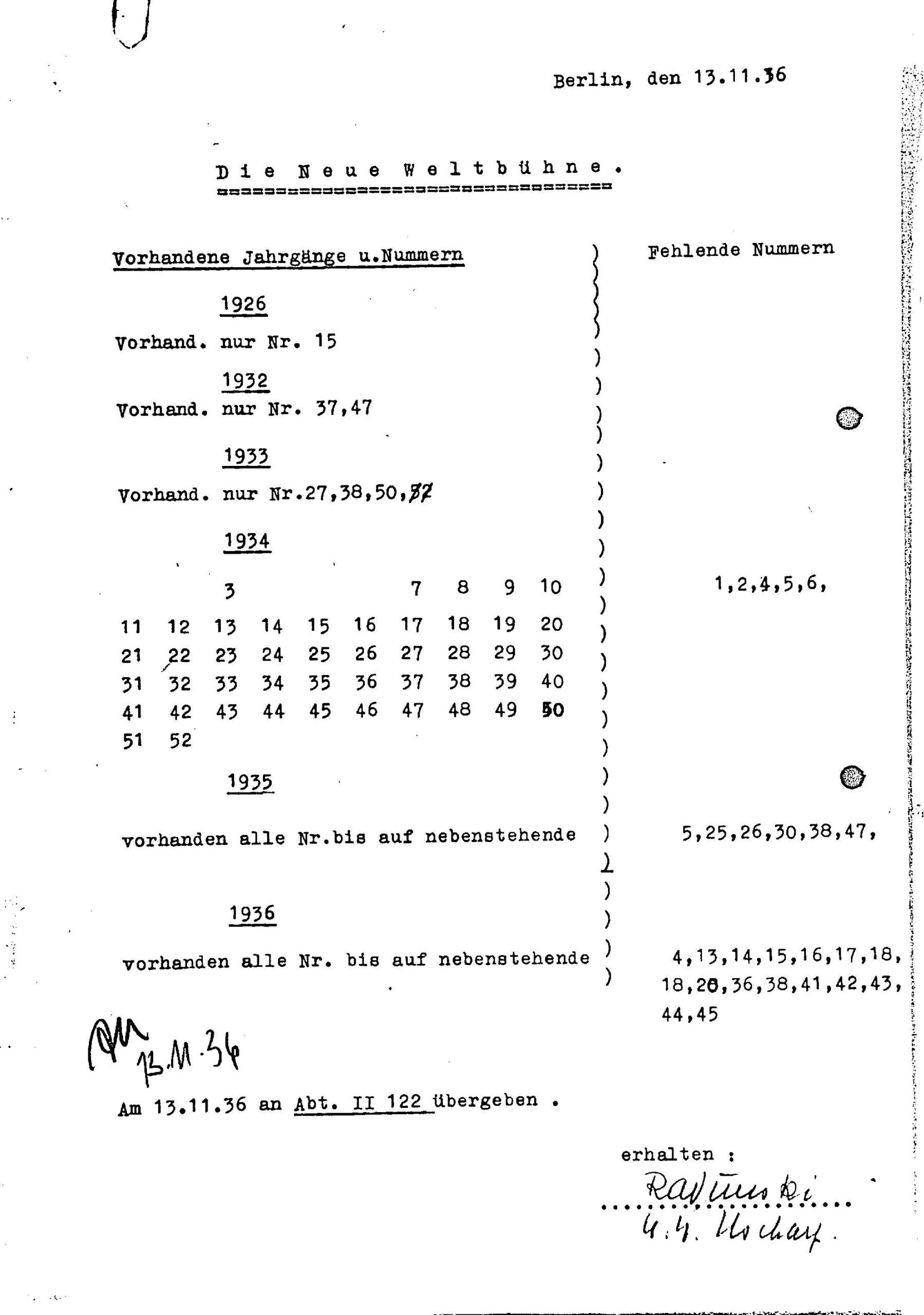
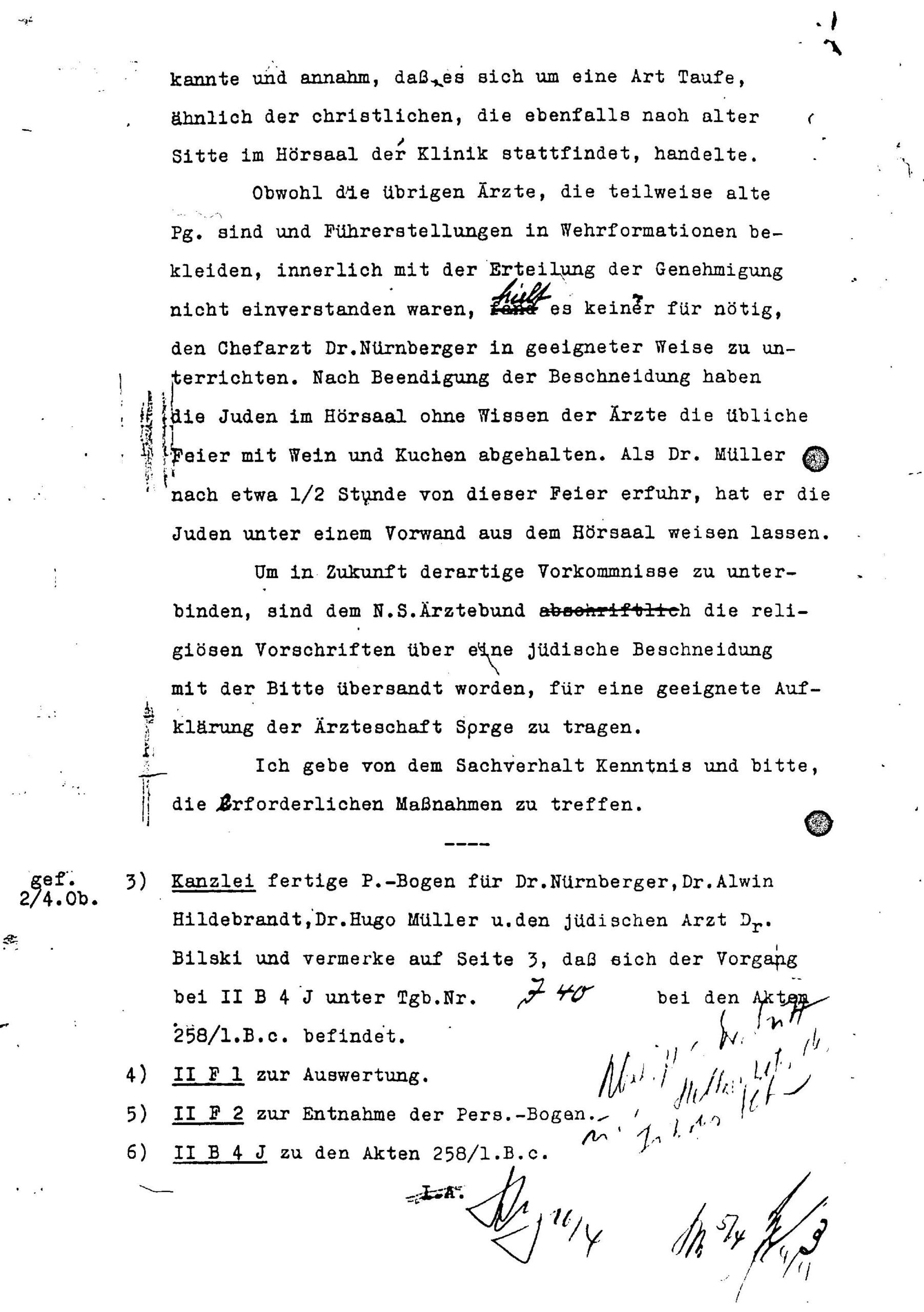

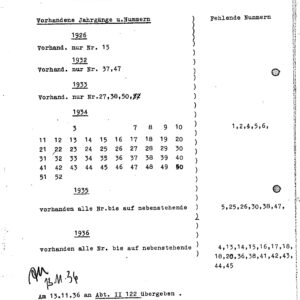
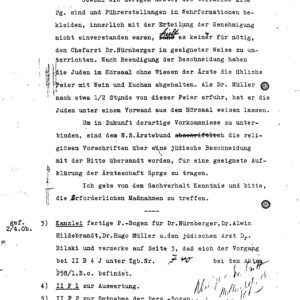

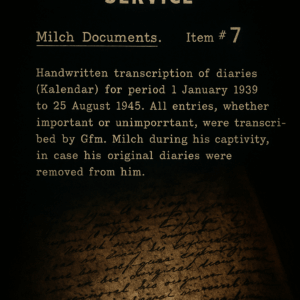
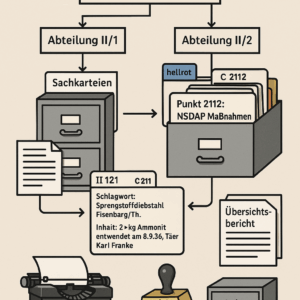






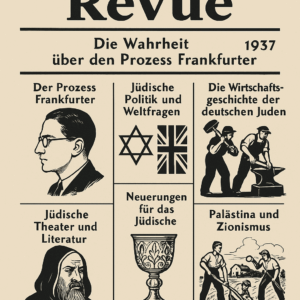

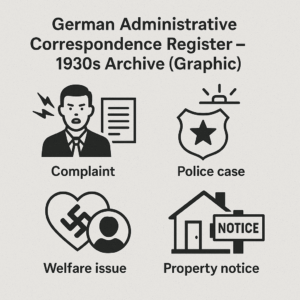


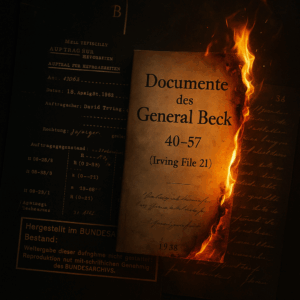


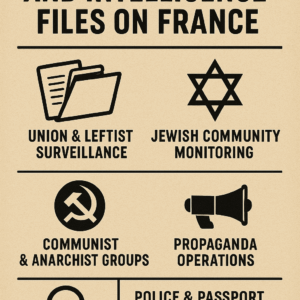
Reviews
There are no reviews yet.